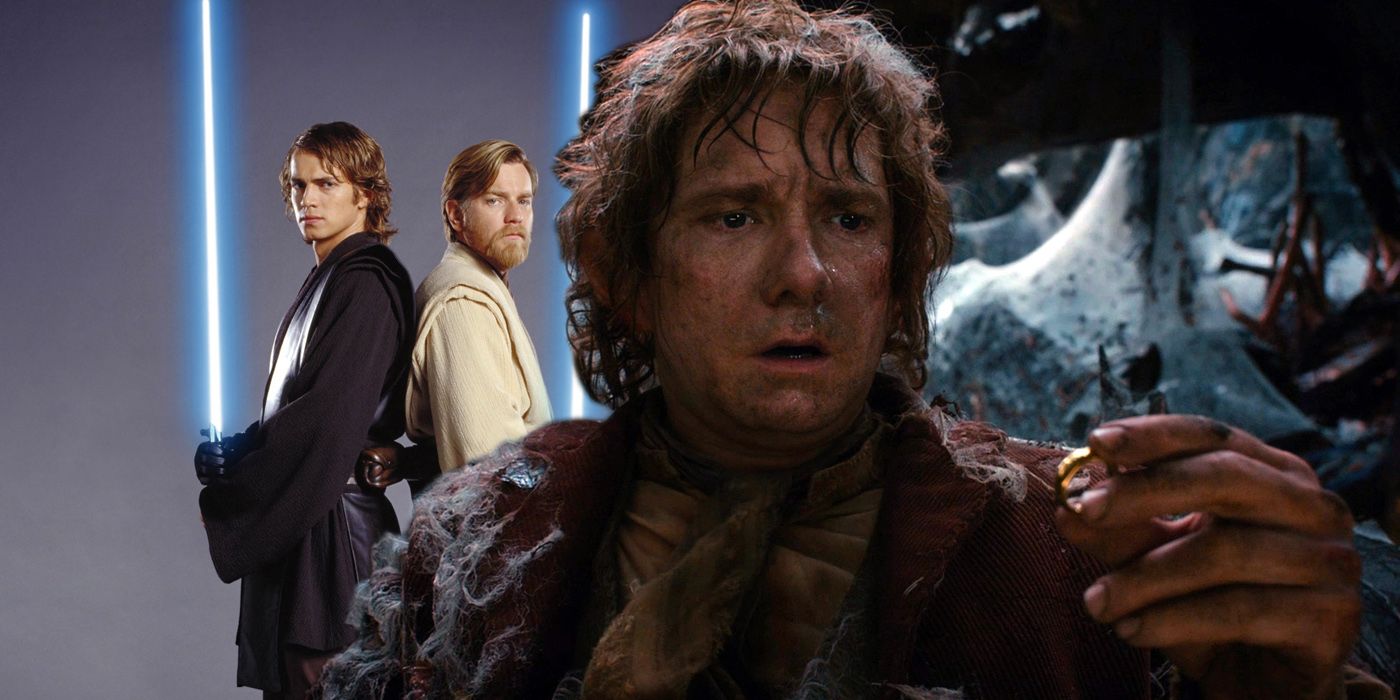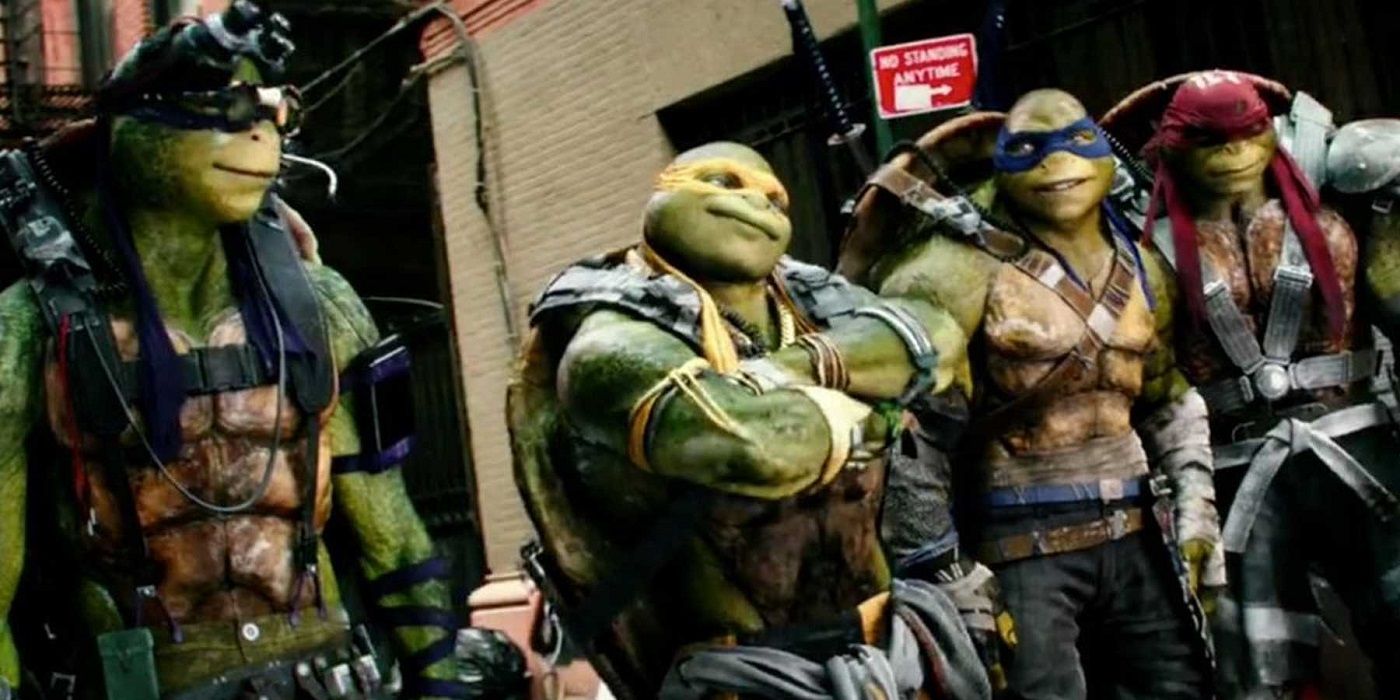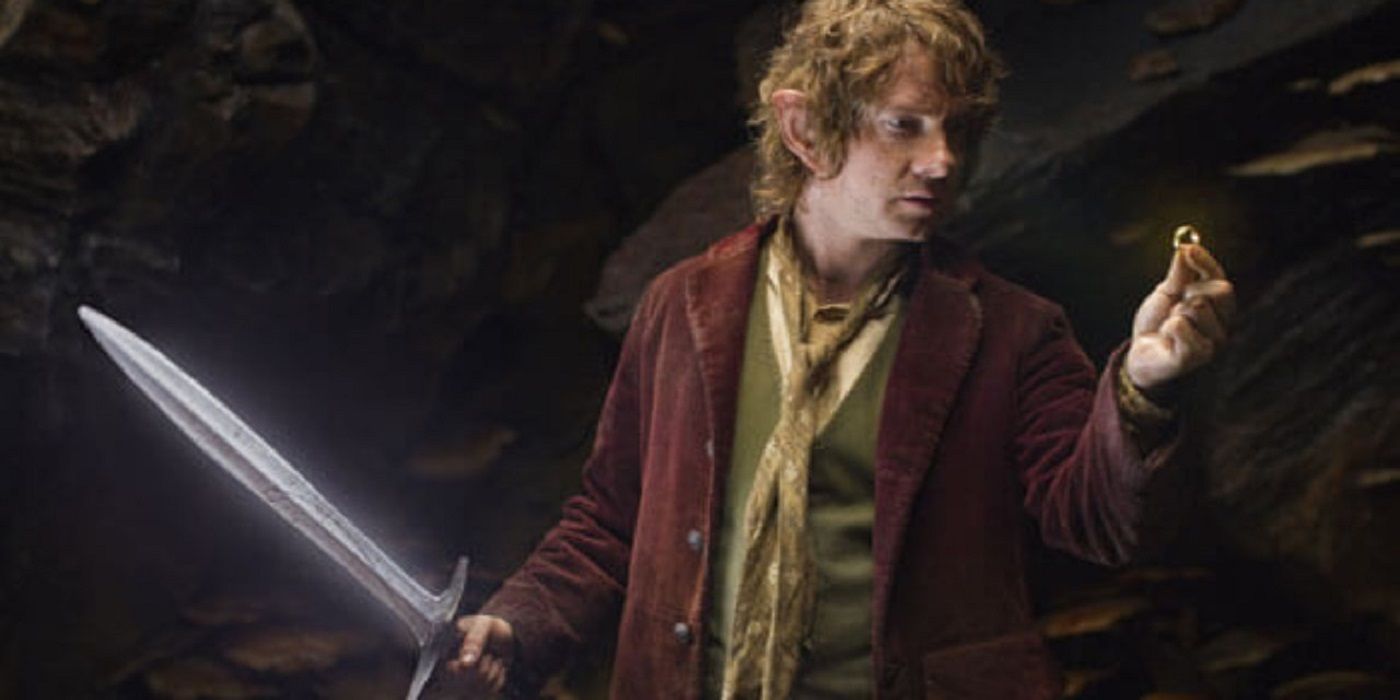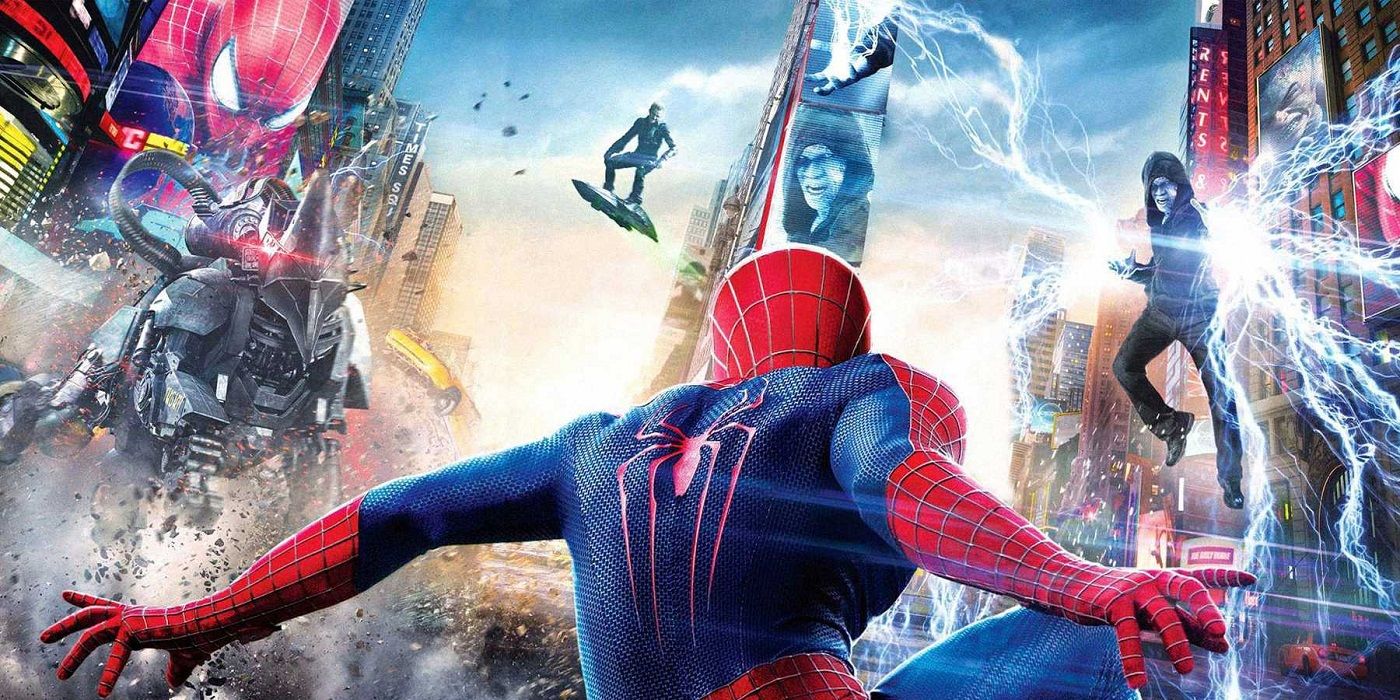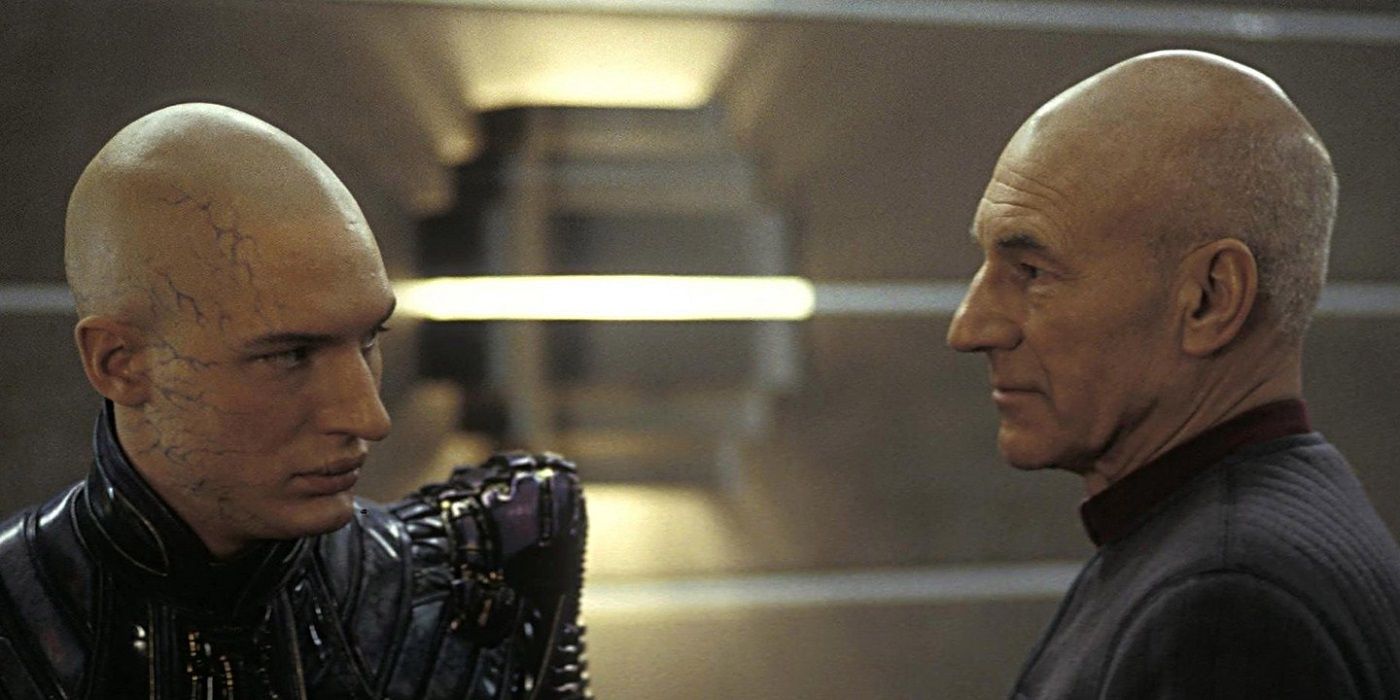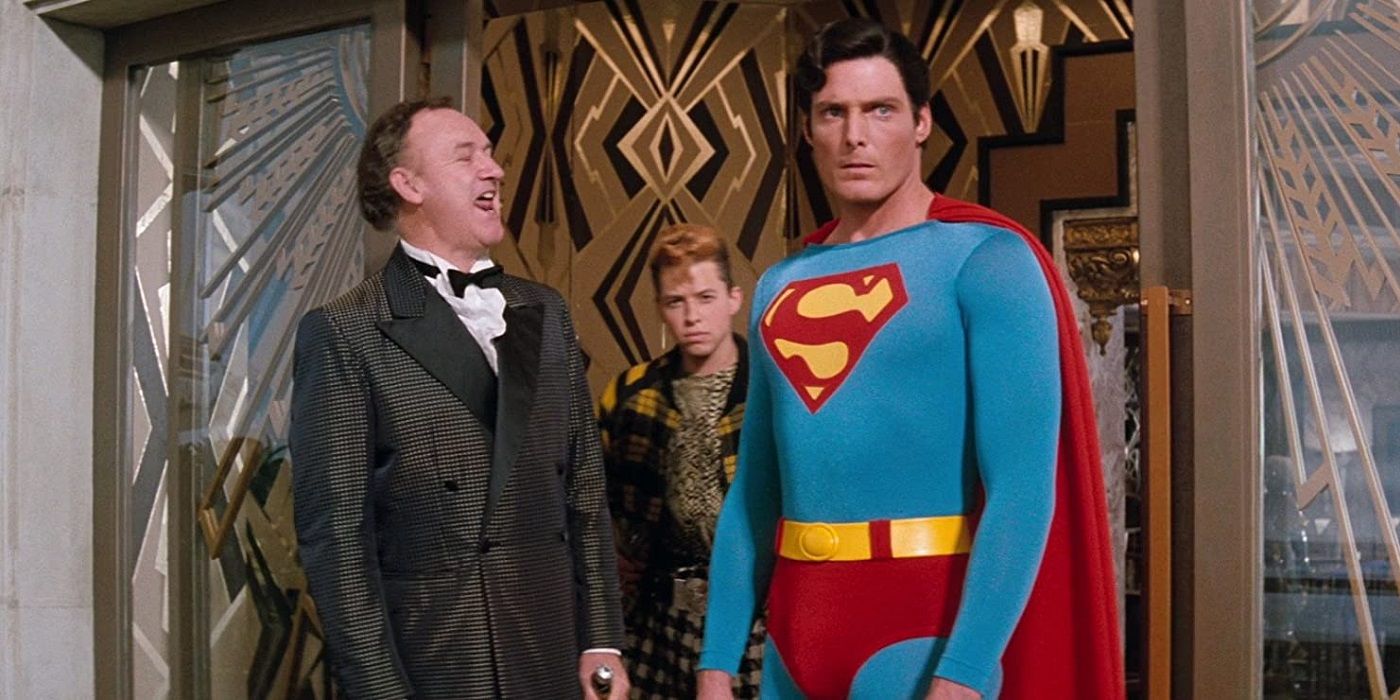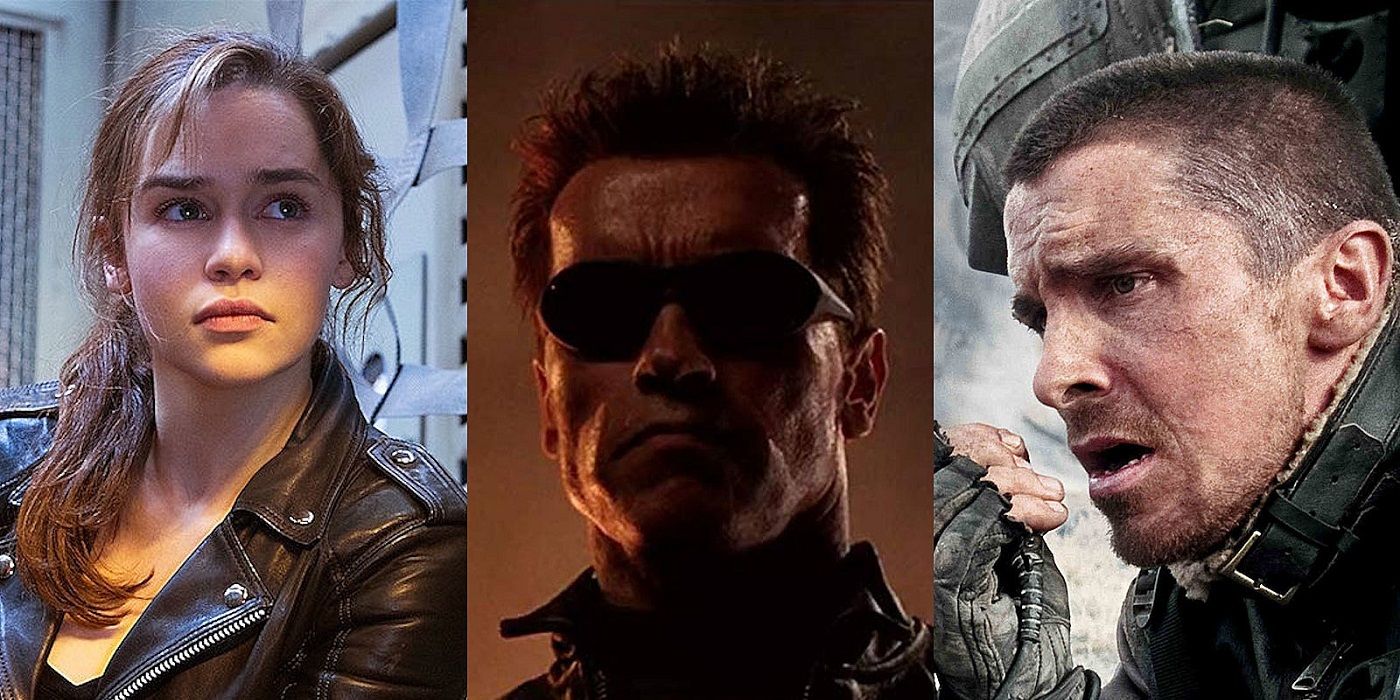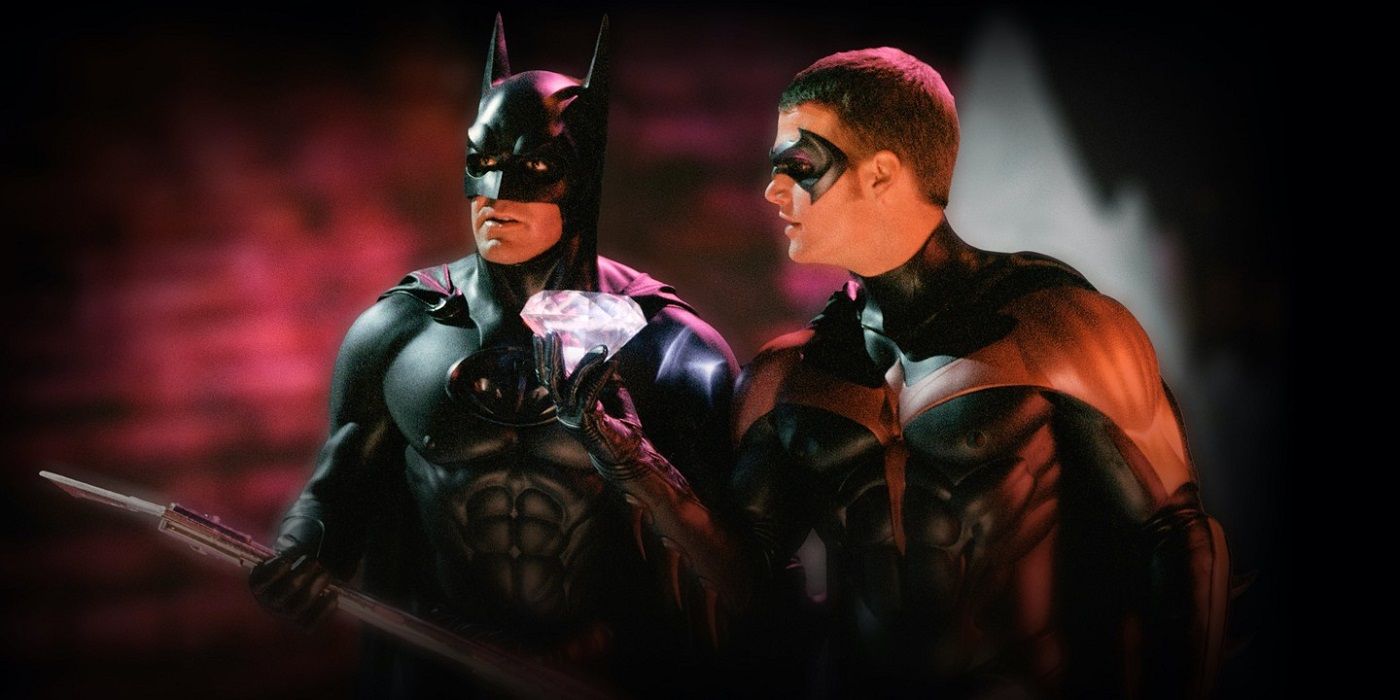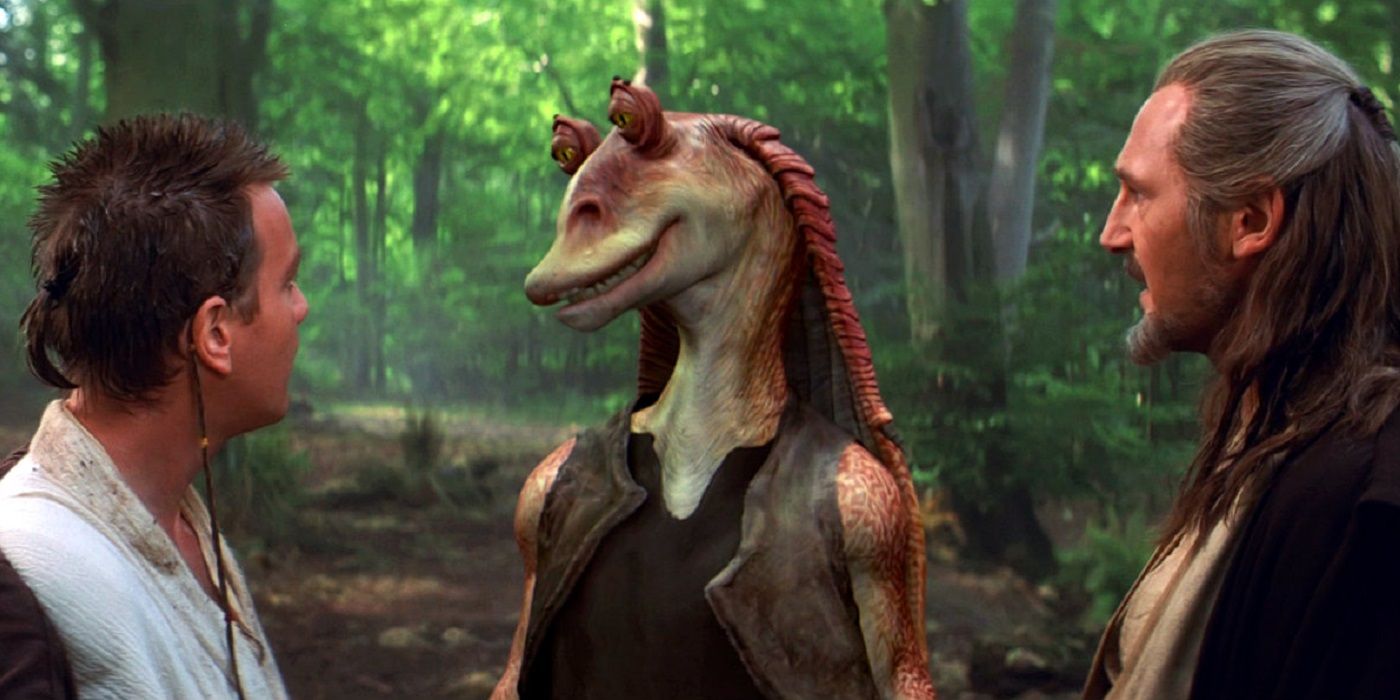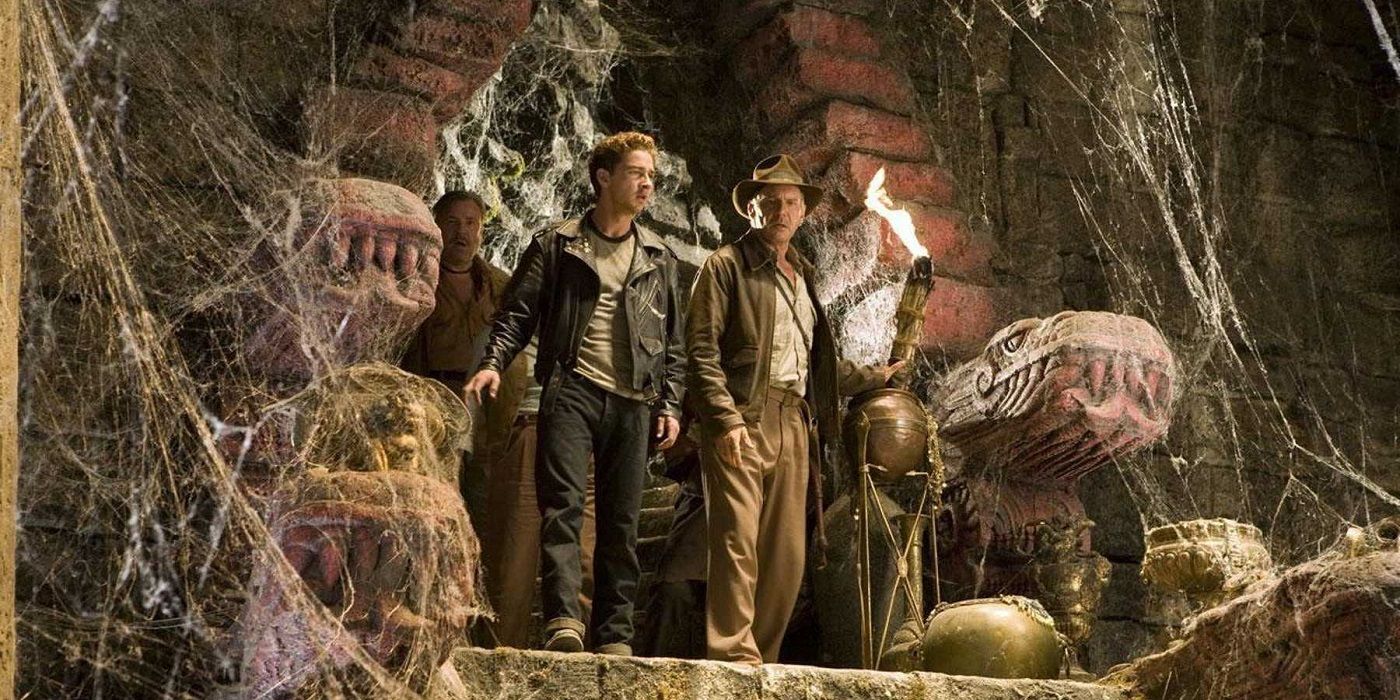Audiences have long since come to accept that franchises are the lifeblood of the movie business, and the most visible and recognizable properties are always the ones guaranteed to bring in the most revenue thanks to a built-in fanbase and hopefully a whole lot of goodwill towards previous installments and a desire to see more.
However, Hollywood is also not above driving them headfirst into the ground, delivering lackluster follow-ups that take the fans for granted. These subpar sequels can often do more harm than good, and one bad movie is all it takes to sour people on a franchise for good, alienated a huge section of viewers in one fell swoop and ensuring that many of them never return.
Teenage Mutant Ninja Turtles: Out Of The Shadows (2016)
Michael Bay's Platinum Dunes always seemed like the wrong choice to spearhead the Teenage Mutant Ninja Turtles franchise, but despite the 2014 reboot failing to generate much enthusiasm from fans or critics, it still managed to rake in over half a billion dollars.
Clearly unimpressed with the first attempt, one that was characterized by the off-putting look of the hulking title characters and a reliance on nostalgia at the expense of originality, box office takings subsequently fell off a cliff when the sequel arrived. Out of the Shadows earned less than half as much despite being a marginally better movie, killing the franchise in the process.
The Hobbit: An Unexpected Journey (2012)
The Lord of the Rings is an epic and monumental achievement that may never be matched or bettered in the fantasy genre. The Hobbit... not so much. After Guillermo del Toro dropped out of the director's chair shortly before production was due to start, there is the feeling that Peter Jackson only stepped in because he was the only qualified candidate.
The filmmaker's heart was clearly never truly in it the way it was the first time around, and despite cracking the billion dollar mark at the box office, the reception was less enthusiastic. There was no need for An Unexpected Journey to run for almost three hours, and it didn't come as much surprise that takings dropped with each subsequent chapter.
The Amazing Spider-Man 2 (2014)
Sony's handling of The Amazing Spider-Man 2 is the textbook example of how not to build a shared cinematic universe. The studio was so desperate to let everyone know that they had much bigger plans in store, they completely forgot about telling a decent story and giving people a reason to see more.
Third and fourth movies, along with a Sinister Six spinoff, were all given release dates before The Amazing Spider-Man 2 was even released. When the sequel debuted, it was a solid (if unspectacular) superhero movie, but hardly the cultural and cinematic behemoth Sony was expecting. After seeing disappointing financial returns, they went knocking on Kevin Feige's door with tails firmly between legs.
Star Trek: Nemesis (2002)
The Next Generation crew largely starred in movies that were unremarkably solid at the very worst, but that all changed when Nemesis limped into theaters in December 2002, finally hammering the final nail into the coffin of Jean-Luc Picard and company, who had done pretty well to stick around for eight years after the TV show ended.
A critical and commercial failure, it was the lowest-grossing Star Trek movie ever made and suffered from some of the poorest reviews the franchise had ever seen. Even the diehards struggled to defend it, sending the franchise into big screen hibernation for almost a decade until J.J. Abrams' reboot.
Superman IV: The Quest For Peace (1987)
In less than a decade, Christopher Reeve had gone from headlining one of the greatest and most successful comic book movies ever made to starring in one of the biggest disasters that the genre is ever likely to see. A desperate and pitiful attempt to keep the franchise alive, Superman IV: The Quest for Peace is nothing short of an embarrassment.
From the very beginning, it becomes painfully obvious that the budget is only a fraction of what the previous movies had to play with, and the visual and practical effects are equally dire. Suffice to say, an industrial estate in Milton Keynes does not pass for New York City. The Quest for Peace marked the sad demise of Superman on the big screen, and it would be nearly 20 years before the Man of Steel returned.
Terminator Salvation/Genisys/Dark Fate (2009-2019)
Three times in the space of ten years, a Terminator reboot was announced that would kick off an all-new trilogy, one that would comfortably stand shoulder-to-shoulder with James Cameron's all-time greats, and all three failed at the first hurdle.
Recognizable characters, settings, dialogue, and iconography isn't enough to carry an entire movie and Salvation, Genisys and Dark Fate were packed with callbacks to vastly superior movies, which only made them look like pale imitations by comparison. Which they admittedly were, and not a single one of them could come close to the levels of critical or commercial acclaim Terminator 2 had reached in 1991.
Batman & Robin (1997)
The silver lining of the whole Batman & Robin debacle is that it eventually led to Christopher Nolan taking the reins of the franchise and delivering one of cinema's finest trilogies, but for a while the Dark Knight looked dead in the water.
George Clooney has apologized more than enough times at this point for how Batman & Robin turned out, but some fans are still unwilling to forgive and forget a neon-lit and toyetic exercise in shilling merchandise that almost killed the entire superhero genre completely.
Star Wars: Episode I - The Phantom Menace (1999)
Even the merest mention of Jar Jar Binks is enough to send a shiver down the spine of many longtime Star Wars fans. The Phantom Menace may have brought in bumper box office earnings, but it was hardly a glorious return to form for one of the most beloved franchises in history.
The sense of scale, spectacle, and awe-inspiring wonder had been replaced by unconvincing CGI effects at the expense of the tangible practical elements that Star Wars had built its name on, mind-numbing discussions of Midichlorians and Senate hearings. The introduction of instant cult favorite Darth Maul and Ewan McGregor's warmly-received Obi-Wan Kenobi were two of the very few elements to emerge unscathed.
Indiana Jones And The Kingdom Of The Crystal Skull (2008)
Indiana Jones and the Kingdom of the Crystal Skull isn't quite as irredeemably terrible as many people believe, but it is still inferior to the original trilogy, and it boggles the mind how this was the best Steven Spielberg and George Lucas could come up with after the project spent two decades stuck in development hell.
The CGI is frequently and distractingly awful, while Shia LaBeouf's Mutt was an incredibly misjudged addition to the ensemble. Crystal Skull may have raked in close to $800 million globally, but the fan reaction has turned vitriolic over time, lending a distinct air of trepidation to a fifth installment that's trying to claw its way to the big screen.
Ghostbusters (2016)
Fans had been clamoring for a new Ghostbusters movie for years, but every attempt never got much further than the idea stage. When a new entry in the franchise did arrive, it turned out to be one of the most divisive and controversial blockbusters ever made, with Paul Feig's reboot becoming a lightning rod for the sort of criticism you wouldn't wish on your worst enemy.
A lot of it was rooted in sexism and misogyny, and also the fact that it seemed completely unnecessary. The tone was jumbled, the humor forced, and the original cast members all made cameos as different characters. Nobody seemed to know who the movie was made for, they just all agreed that it wasn't them.

